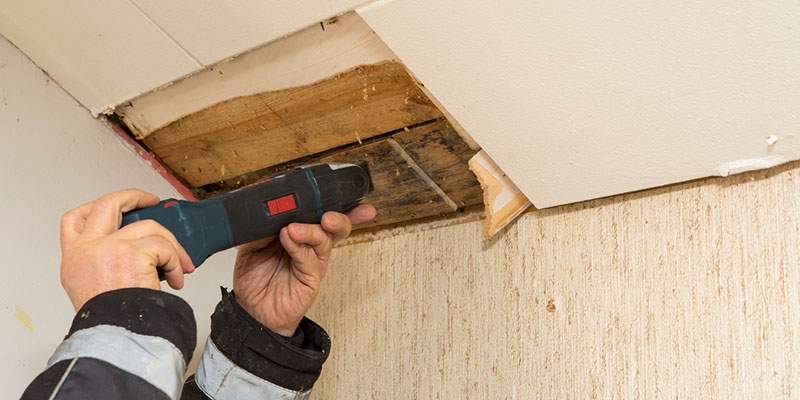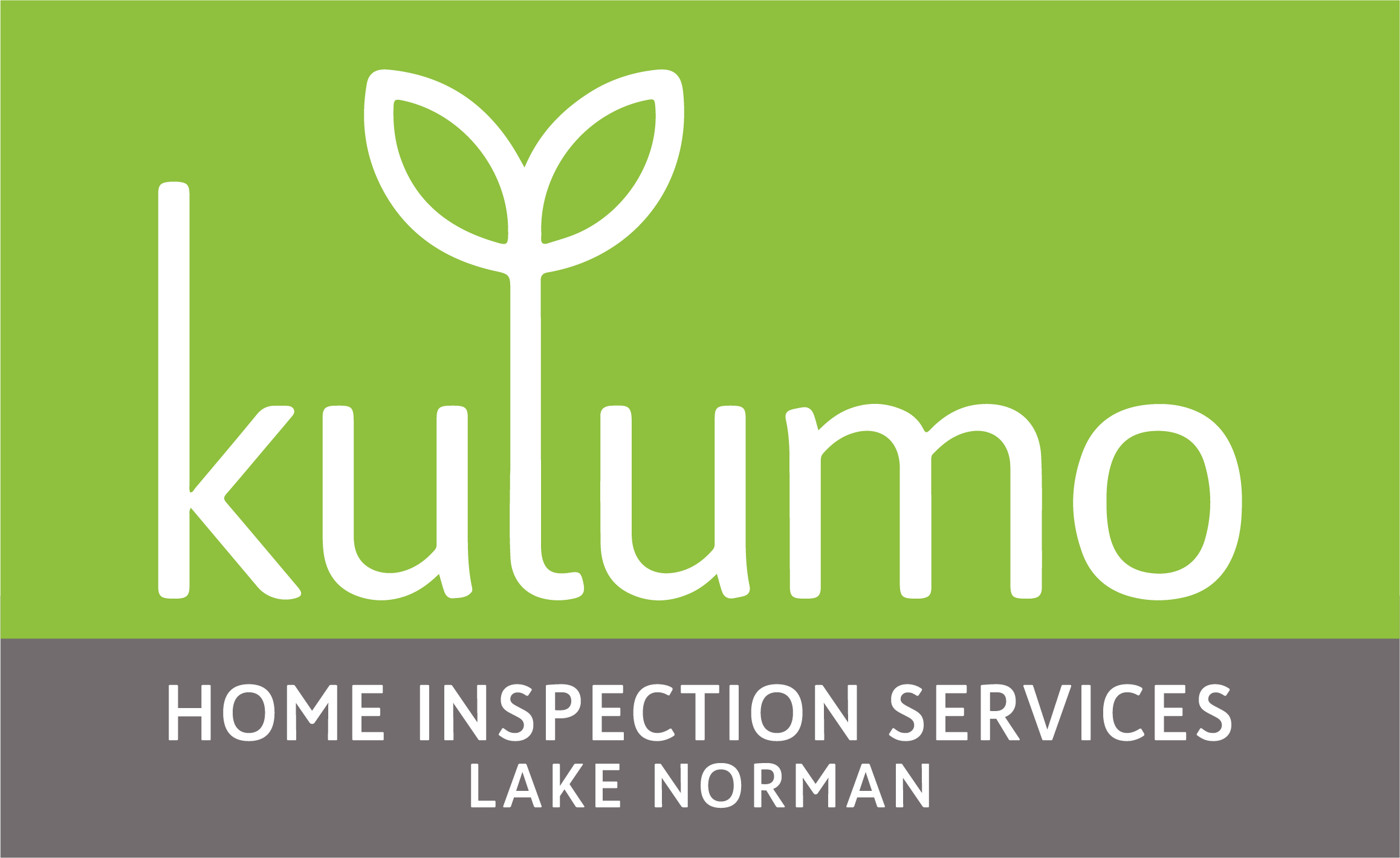Mold in your home or commercial facility can produce allergens or irritants, but some types of mold can be truly dangerous to the people who live in and use your space regularly. These types of mold produce mycotoxins that can be potentially toxic to humans. Mold testing is commonly recommended if mold is suspected due to musty odors, water damage, or other moisture intrusion.

Even if there is visible mold in your building, there are many good reasons to conduct mold testing, including mold sampling. These tests can give you information about the severity and scope of the mold problem. It also gives you the information you need to assess the risk level of potential human exposure to the mold.
Mold testing should always be conducted by a trained professional who has the right equipment and the knowledge to do it properly. There are certain protocols to be followed when collecting proper samples. Also, the results of such tests need to be properly interpreted.
Here are some of the types of mold sampling your inspection professional may use:
- Air sampling: These tests usually occur in the center of each room about 3 to 6 feet off the ground and are compared to the external base sample taken. They can often be completed in 20 minutes, but it is important that all doors stay closed during the test, with minimal air movement within.
- Tape sampling: Just as it sounds, tape is used to collect surface samples.
- Swab sampling: A cotton swab is used to collect a sample and then placed in a tube to transport.
- Bulk sampling: In this type of sampling, a section of material is actually removed and taken for testing.
